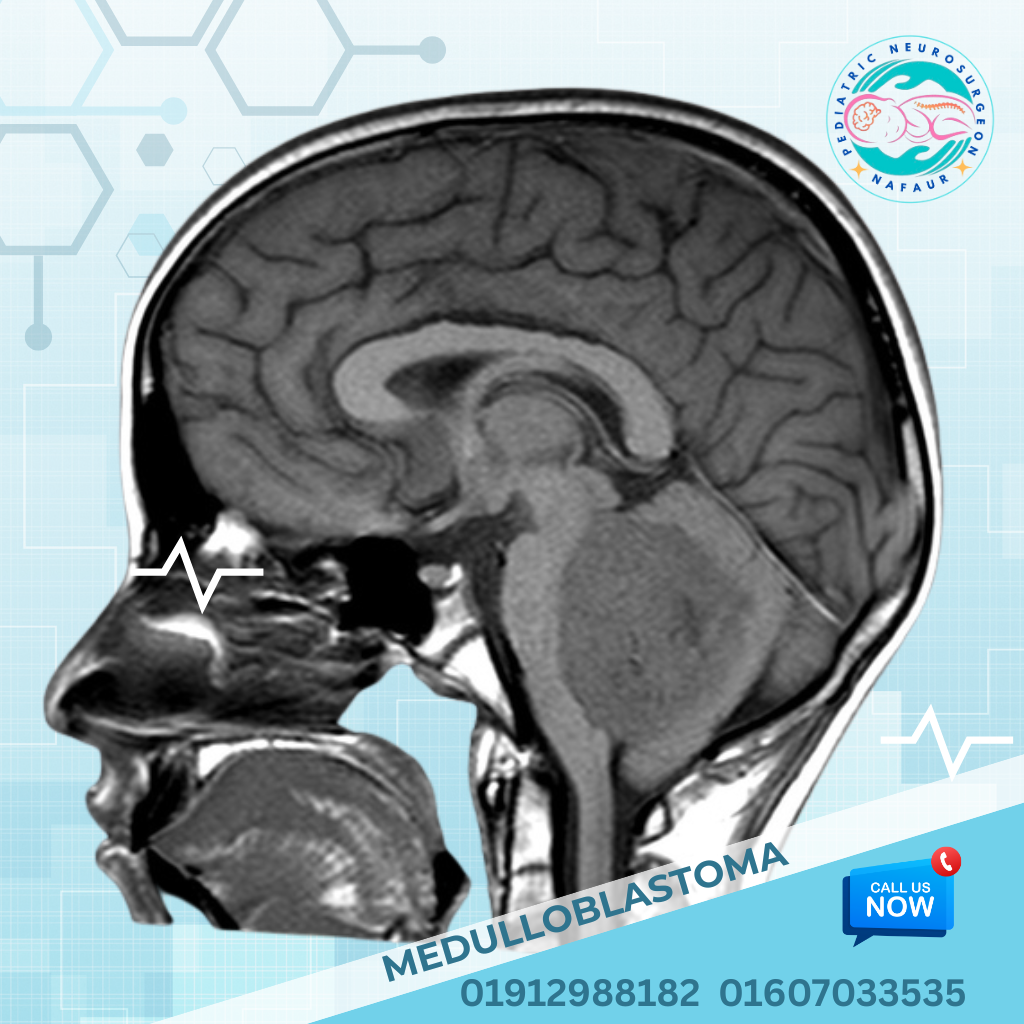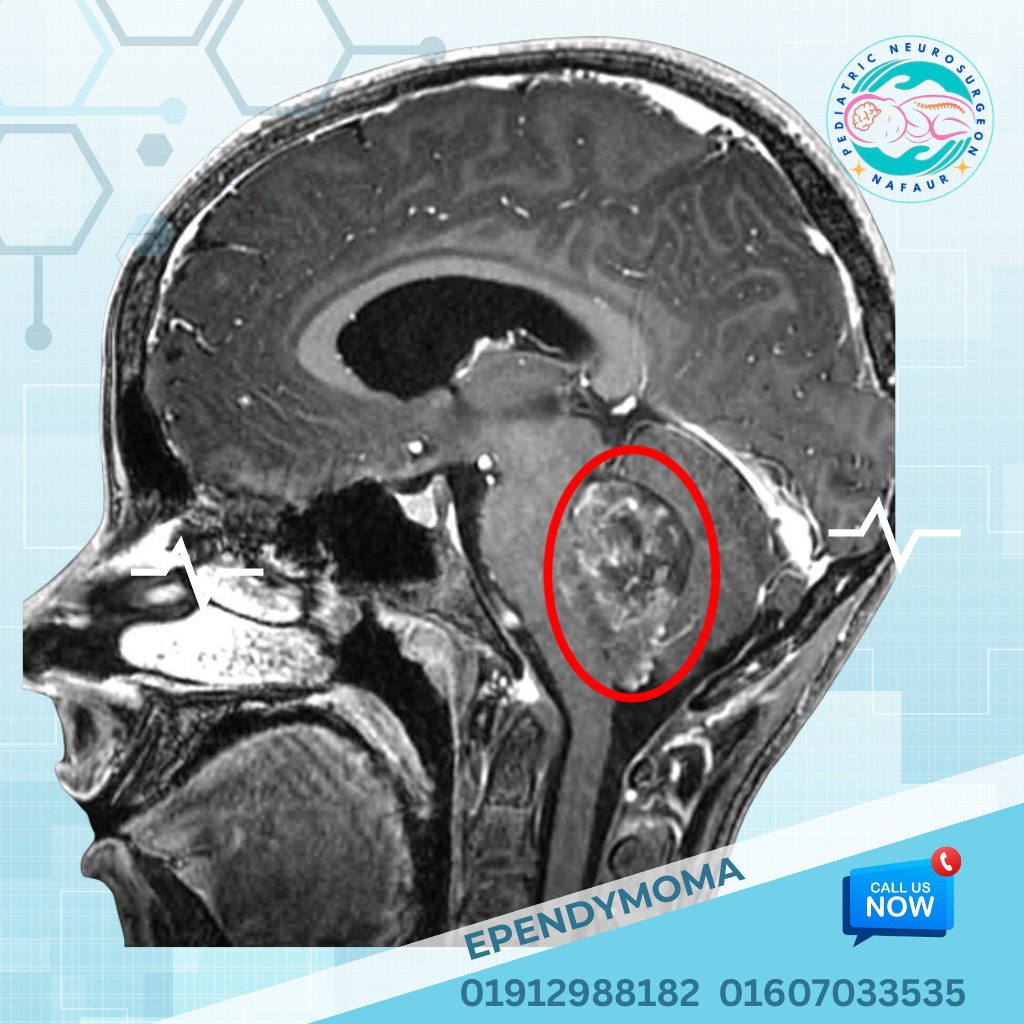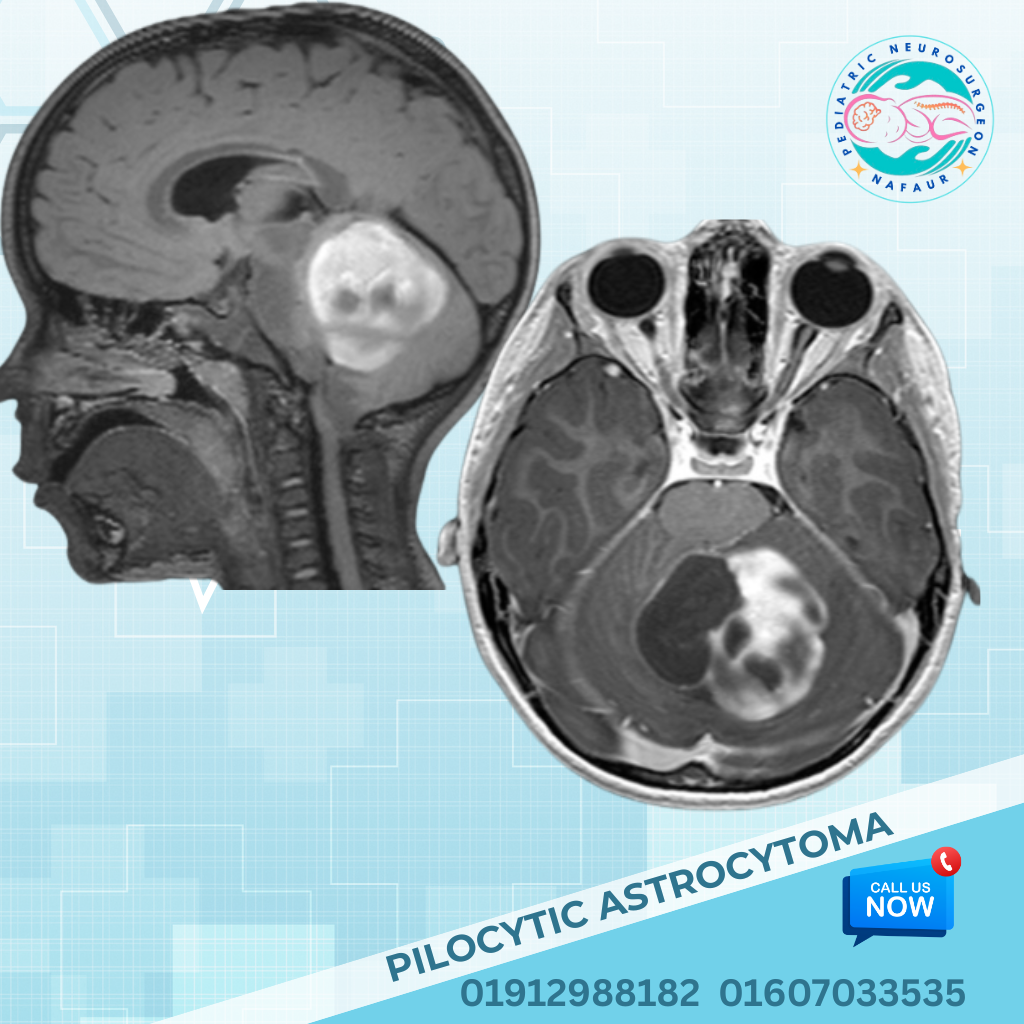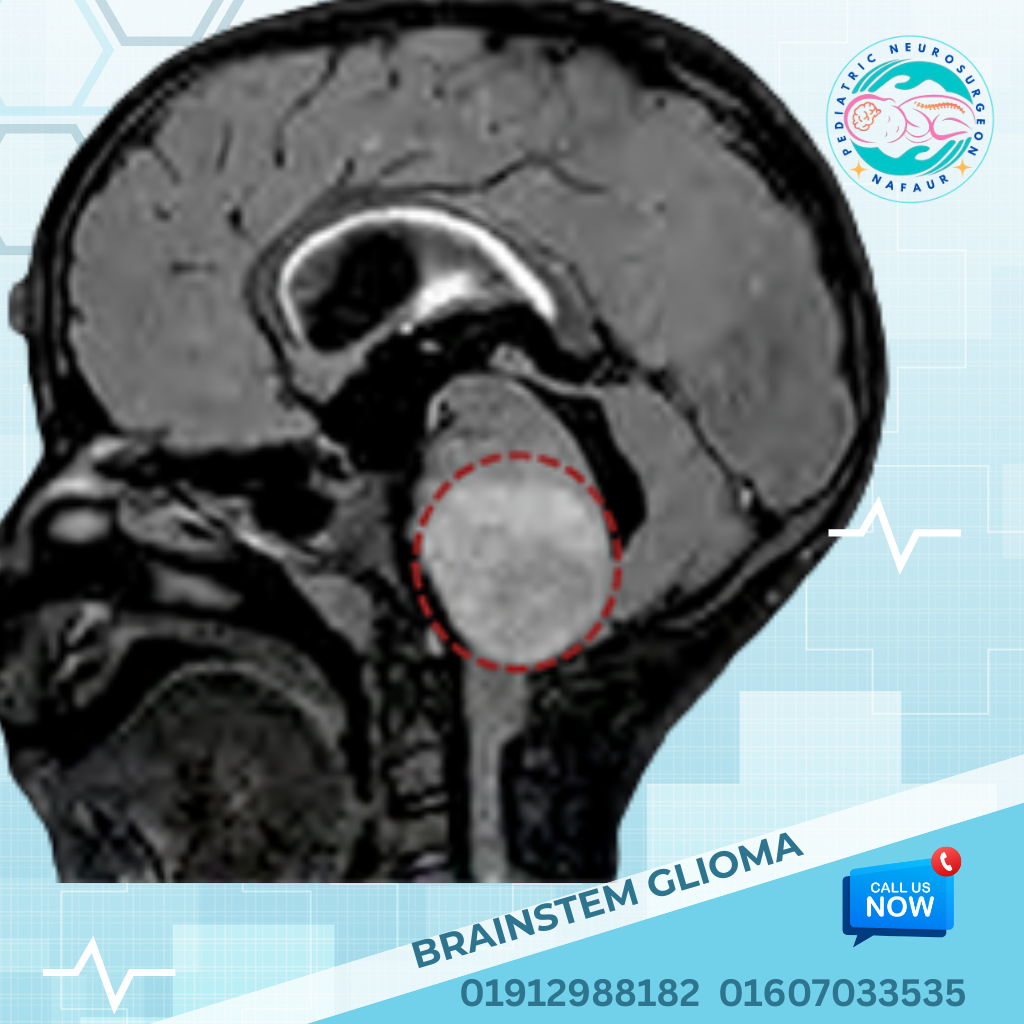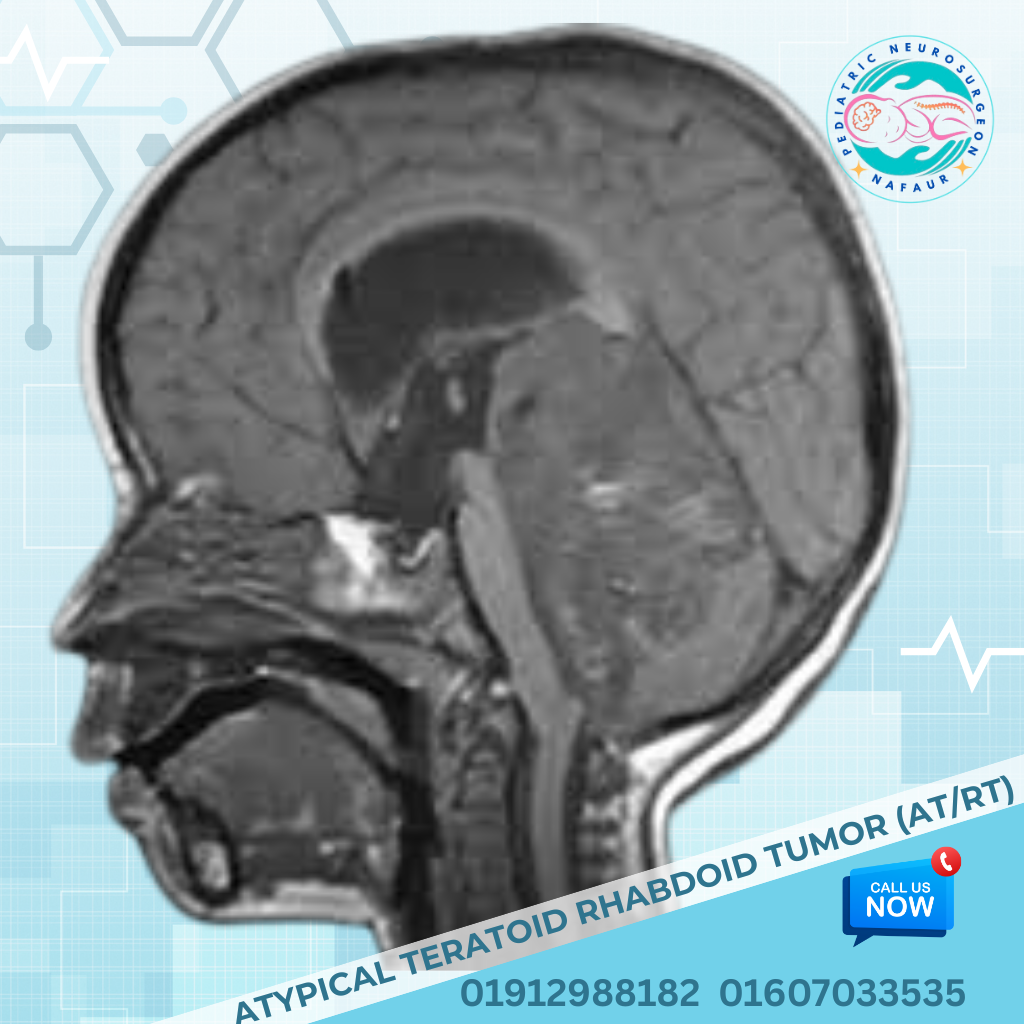Posterior Fossa Tumors
Posterior Fossa Tumors
The posterior fossa is the back part of the brain, located near the base of the skull. It contains vital structures such as the cerebellum, brainstem, and fourth ventricle, which control balance, coordination, breathing, and many life-sustaining functions. In children, this area is particularly prone to the development of tumors, making up about 50-60% of all pediatric brain tumors.
🧬 Common Types of Pediatric Posterior Fossa Tumors
In Bangladesh, many children suffer from undiagnosed or misdiagnosed posterior fossa tumors due to non-specific symptoms and limited access to advanced imaging. The most common tumors in this region include:
Medulloblastoma – The most frequent malignant brain tumor in children
Ependymoma – Originates near the fourth ventricle; may obstruct CSF flow
Pilocytic Astrocytoma – A benign tumor, often cystic, with excellent surgical outcomes
Brainstem Gliomas – Arise from the pons or medulla; challenging to treat
Atypical Teratoid Rhabdoid Tumor (ATRT) – A rare, aggressive tumor affecting infants
These tumors can be life-threatening due to their proximity to the brainstem and ventricles, causing rapid neurological deterioration if not treated in time.
🔍 Symptoms of Posterior Fossa Tumors in Children
Children with posterior fossa tumors may present with a variety of symptoms that develop slowly or suddenly:
Persistent headaches, especially in the morning
Vomiting without nausea (due to increased intracranial pressure)
Difficulty with balance or walking (ataxia)
Clumsiness or frequent falls
Vision problems, such as double vision or nystagmus
Irritability or changes in behavior
Seizures (in some cases)
Hydrocephalus, causing head enlargement in infants
In the Bangladeshi pediatric population, these symptoms are often mistaken for general weakness or gastrointestinal issues, leading to delayed diagnosis and treatment.
🛠️ Diagnostic Approach
Accurate and early diagnosis of posterior fossa tumors involves a combination of:
MRI of Brain with Contrast – Gold standard imaging to determine tumor size, location, and involvement of nearby structures
CT Scan (in emergencies) – Helpful for detecting hydrocephalus and hemorrhage
CSF Analysis – In certain cases to rule out metastasis (e.g., medulloblastoma)
Neuropsychological Evaluation – Especially if cognitive symptoms are present
At NINS and Bangladesh Paediatric Neurocare Centre, children have access to state-of-the-art MRI and neurosurgical diagnostics under the direct care of Dr. Nafaur Rahman.
🔬 Surgical Management of Posterior Fossa Tumors
Surgery is the primary treatment for most pediatric posterior fossa tumors. The goals of surgery are to:
Remove the tumor safely
Relieve pressure on the brainstem and cerebellum
Restore CSF flow to manage hydrocephalus
Obtain tissue for histopathological diagnosis
Key Surgical Approaches:
Suboccipital Craniotomy – Standard approach for posterior fossa tumors
Midline or telovelar approach – To access the fourth ventricle
Endoscopic third ventriculostomy (ETV) – For managing hydrocephalus
Intraoperative neuronavigation and monitoring – For precision and safety
Microsurgical tumor excision – Using high-resolution surgical microscopes
"In pediatric neurosurgery, precision matters more than anything. With the latest tools now available in Bangladesh, we can safely operate on posterior fossa tumors and save young lives."
— Dr. Md. Nafaur Rahman
🎯 Outcomes and Recovery
The outcome depends on:
Tumor type (benign vs malignant)
Extent of resection
Presence of hydrocephalus or brainstem involvement
Pre-operative neurological status
Children with benign tumors like pilocytic astrocytoma can experience complete recovery. Malignant tumors like medulloblastoma require post-operative radiotherapy or chemotherapy under pediatric oncology care.
Post-surgery recovery includes:
ICU care for 24–48 hours
Neurorehabilitation and physiotherapy
Regular follow-up imaging
Monitoring for tumor recurrence
🌍 Bangladesh Perspective: The Need for Awareness
In Bangladesh, thousands of children may suffer from undiagnosed brain tumors every year, especially in rural and underserved areas. Lack of awareness, limited pediatric MRI access, and delays in referral are major hurdles. With rising population and environmental risk factors, posterior fossa tumors are becoming increasingly prevalent among children.
Dr. Md. Nafaur Rahman is committed to:
Early screening and awareness campaigns
Affordable surgery and follow-up care
Training programs for pediatricians and general neurologists
Community education to recognize early symptoms
👨⚕️ Why Choose Dr. Md. Nafaur Rahman for Posterior Fossa Tumor Surgery?

Common Posterior Fossa Tumors
